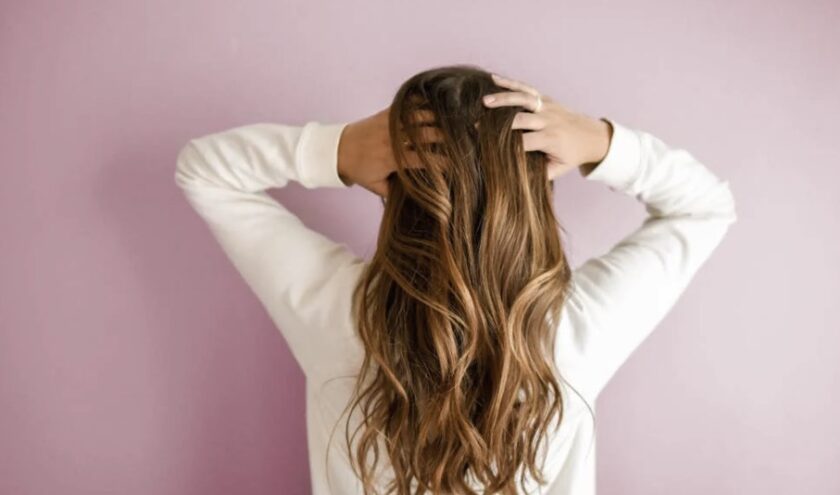11 Common Mistakes When Using Tapes for Extensions

There are a few things you need to know about tape extensions before you decide to use them. They have been popular lately because they offer a natural appearance and are easy to use. But you should exercise caution before trying them out to avoid an unsatisfactory application. With knowledge of common mistakes, people will find that their hairstyles will have better results and last months.
Choosing Poor-Quality Tape
Good-quality tape forms the basis of successful extensions. Choosing lower-quality tapes for extensions because they are less expensive is a common mistake that can result in tangling and matting. They may look stiff or shiny, and typically don’t last very long. If you plan to use extensions frequently, it is best to invest in high-quality products that reliably work, like those from Original Diva.
Ignoring Hair Condition
Healthy hair is the foundation of a successful extension application. Hair that has been weakened or damaged may have a hard time holding the extra weight, which can lead to breakage. The first step must be strengthening the treatment before the application—your hair should be able to endure the extra amount of stress.
Improper Sectioning
If you want that natural look, sectioning helps a lot. Thick lines and uneven or poorly executed sections make for a patchy look. When hair is properly partitioned in your head, all hair strands ensure that the extensions are evenly distributed so that their natural threads and effusions are seamless.
Skipping Clarification
Any residue that you have from your styling products will disrupt the tape’s adhesion. If you do not clarify hair before application, your tapes may not stick properly. Properly using a clarifying shampoo will strip away the buildup, allowing the tape to work effectively.
Applying Too Much Heat
High heat while styling can weaken tape bonds and loosen extensions. This is why you must use hair styling tools in moderation when the temperatures are low. Otherwise, it could weaken the tape bond, shorten the installation, or even melt the tape in your hair. Use heatless styling as much as you can.
Improper Placement
If you use tape-in hair extensions, just make sure they are not visible. They need to be placed strategically. If you put them too near to your scalp or at unusual angles, it can be apparent that you have extensions. With adequate training or help from stylists, you can place them discreetly and efficiently.
Overloading Natural Hair
Overloading natural strands with a plethora of extensions can create undue tension, which can result in damage. You have to adjust your extension volume according to the hair’s ability to bear extensions in a way that protects hair health.
Disregarding Maintenance
Proper maintenance is essential to keeping the extensions looking fresh and whole. Overlooking regular maintenance can cause knotting, tangling, and matting. To preserve them, you should brush the extensions gently and use the right type of styling products.
Use Non-Companion Products
Some hair products break down tape adhesive and cause the tape to come off sooner than intended. Look for extension-friendly options that are formulated to help ensure tape longevity and hold power.
Removal Methods
Rushing to remove your extensions can cause damage to your hair or injure your scalp. You could ruin some of your hair, break it, and have leftover bits of tape. The right removal solutions and techniques must be applied to ensure the process is safe and harmless for your natural hair.
Failing to Hire Specialists
Seeking professional guidance can greatly improve the experience of using an extension. You can learn about the quality and application of extensions and maintenance strategies from the experts. Consult with experienced stylists or dermatologists before opting for hair extensions.
Conclusion
Using tape-in extensions cannot be taken lightly. You must choose a good quality product and avoid common mistakes such as applying too much heat, not placing extensions properly, ignoring your hair condition and maintenance, and not working with experienced hair stylists. The use of best practices, either through professional guidance or self-education, will make the process a positive and rewarding experience.
Spotted something? Got a story? Email: [email protected]
Latest News
